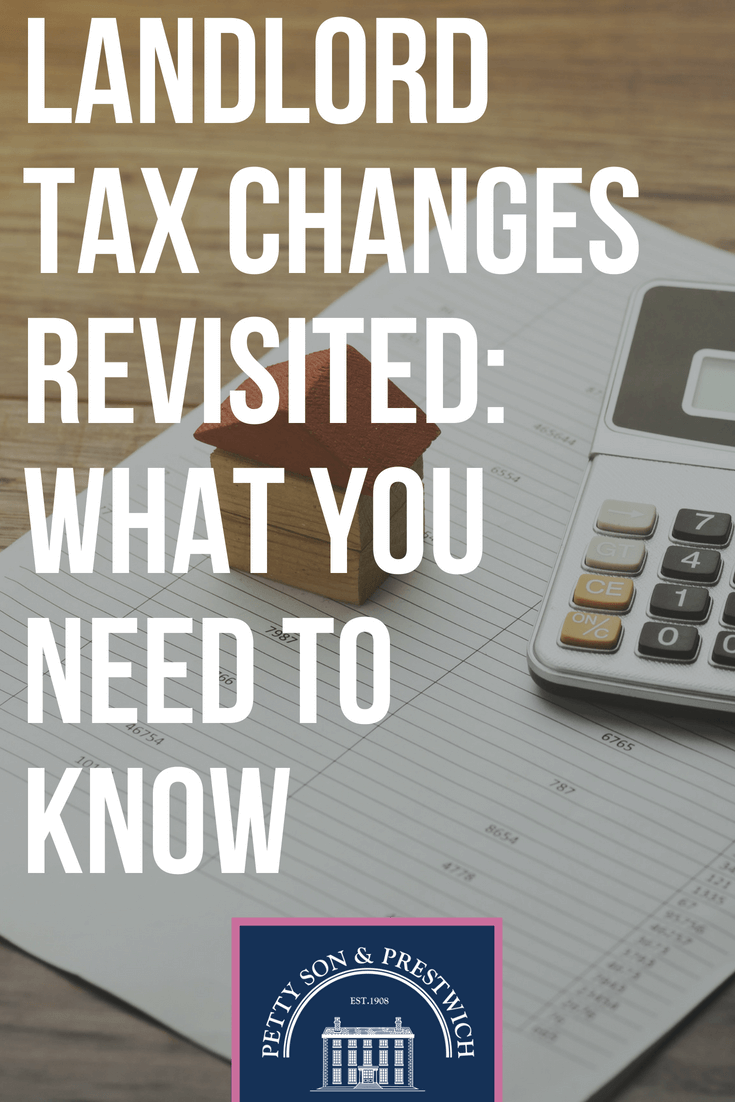Back in the summer of 2015, the then Chancellor, George Osborne, announced a number of changes to the way landlords would be taxed. While these landlord tax changes have been well publicised in the media, a recent report has suggested as many as 20 per cent of landlords are still confused by the increased tax they will have to pay.
So, with this in mind, we thought we’d take another look at what these buy-to-let tax changes are and who should be taking notice of them.
What are the tax changes landlords need to worry about?
Many of the landlord tax changes have already been implemented, but some are still to be drip fed in through to 2021. The main one of concern for landlords is the mortgage interest tax relief cap.
Previously, any interest a landlord paid on the loan used to buy a property could then be subtracted from the income they received in rent from their tenants before any profits were considered eligible for income tax. This has, unfortunately, now changed.
From April 6th 2017, changes to the mortgage interest tax relief cap started to be phased in. These tax changes are only for private landlords of residential properties, so commercial property remains unaffected, and any property held under the umbrella of a limited company will largely escape the increases too.
This is because a ‘company’ will be able to deduct the interest paid on a loan as a business expense. Savvy landlords have begun to open up limited companies in order to avoid (legally) the increase in taxation. Incorporating a portfolio can result in capital gains tax relief, but landlords will have to meet certain stipulations. Therefore, professional advice is strongly recommended before moving forward with transferring your portfolio to a limited company.
How the mortgage interest tax relief cap is being introduced
The mortgage interest tax relief cap is being introduced in four phases:
2017/18
The first year of the phase-in (which is already in operation) sees the 100% deduction of finance costs change to only 75%, with 25% restricted to the basic rate of taxation.
2018/19
Year two allows landlords to deduct 50% of finance costs, with 50% restricted to the basic rate of taxation.
2019/20
The third year moves predictably down to 25% of finance costs, with 75% restricted to the basic rate of taxation.
2020/21
From the final year onward, all income tax deductions will be set at the basic rate of 20%
Stamp Duty land tax
Another change which has already been introduced is the increase in Stamp Duty landlords will have to pay. This increase is for those who buy property as an investment or anyone who holds multiple properties as a private landlord (see below).
As of April 1st, 2016, anyone affected by the changes will now be expected to pay an additional 3% on top of what they would have done prior to the increase being introduced. This caused a rush of buy-to-let deals in the first quarter of 2016, as many landlords pushed their purchases through in order to beat the hike.
Who is affected by the Stamp Duty land tax changes?
Not everyone is affected by the Stamp Duty land tax changes for landlords, so it’s important to make clear exactly who is and who isn’t going to be hit by the increases. The flowchart below will help determine whether or not you need to be concerned:
If you would like further advice regarding the changes to landlord tax or any other property related query, please do not hesitate to get in touch. Our expert agents are always on hand to answer your questions and would be delighted to help. You can contact them on:
Lettings office - 020 8989 2091 or This email address is being protected from spambots. You need JavaScript enabled to view it.
Wanstead office – 020 8989 2091 or This email address is being protected from spambots. You need JavaScript enabled to view it.
Buckhurst Hill office - 020 8504 5403 or This email address is being protected from spambots. You need JavaScript enabled to view it.
